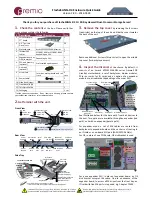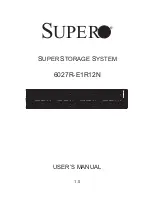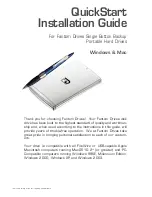
Dialogs
A dialog is a screen type used to get detailed input from the operator, such as a
SCSI ID, name, or password. See Figure 4.6.
▲
Ok
Main Dialog text
Dialog Entry value
▼
4
Figure 4.6 Standard Dialog Layout.
The dialogs come in several forms, but there are only a few main types.
Dialogs, Discrete Values
The dialog in Figure 4.7 is used to enter discrete values. It handles one character
or digit at a time. The digit or character being manipulated is said to be in
focus.
The digit or character in focus is shown in inverse video. As the character map on
the screen used restricts the flexibility of the inverse display of the character, some
digits and characters appear distorted when inverted. For example, the “0” digit
appears as an open rectangle when inverted.
The Up and Down arrows on the left are used to increment (up arrow) or
decrement (down arrow) the value of the character or digit in focus. If increment is
selected and the value of the character of digit in focus is at its highest legal value,
it wraps to its lowest legal value, and vice versa.
▲
Ok
Fixed IP address
00.000.000.000
▼
4
Figure 4.7 Dialog layout, entering discrete values
The Right arrow (on the right side) is used to shift the focus one place to the right.
If the focus is already at the rightmost position, the focus wraps to the leftmost
position.
The Ok button is used to accept the value displayed.
If the value was changed, the selected and original values will then be displayed as
messages. The operator may then accept or reject the change.
The discrete value type of dialog does a running check of the validity of what the
user enters, and changes it if needed.
Examples:
If the value “0” or “1” is selected in the Fixed IP address dialog above,
the user is allowed to select values between “0” and “9” as the next
FastStor 1 Installation and User Guide
25
















































